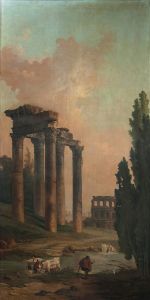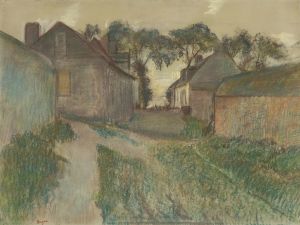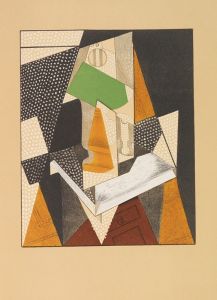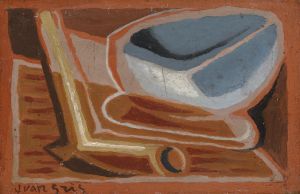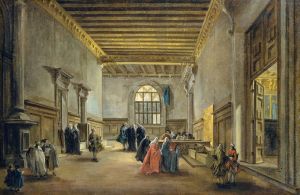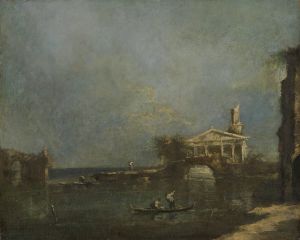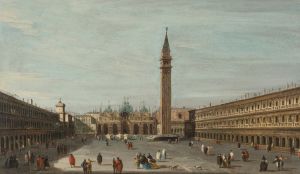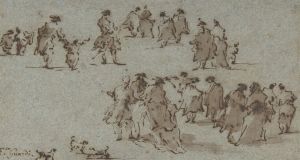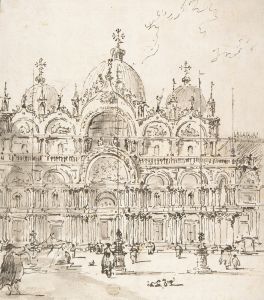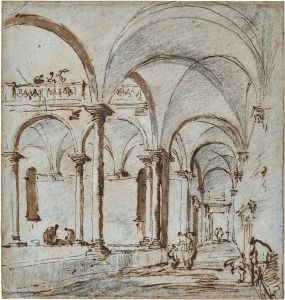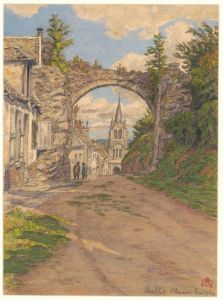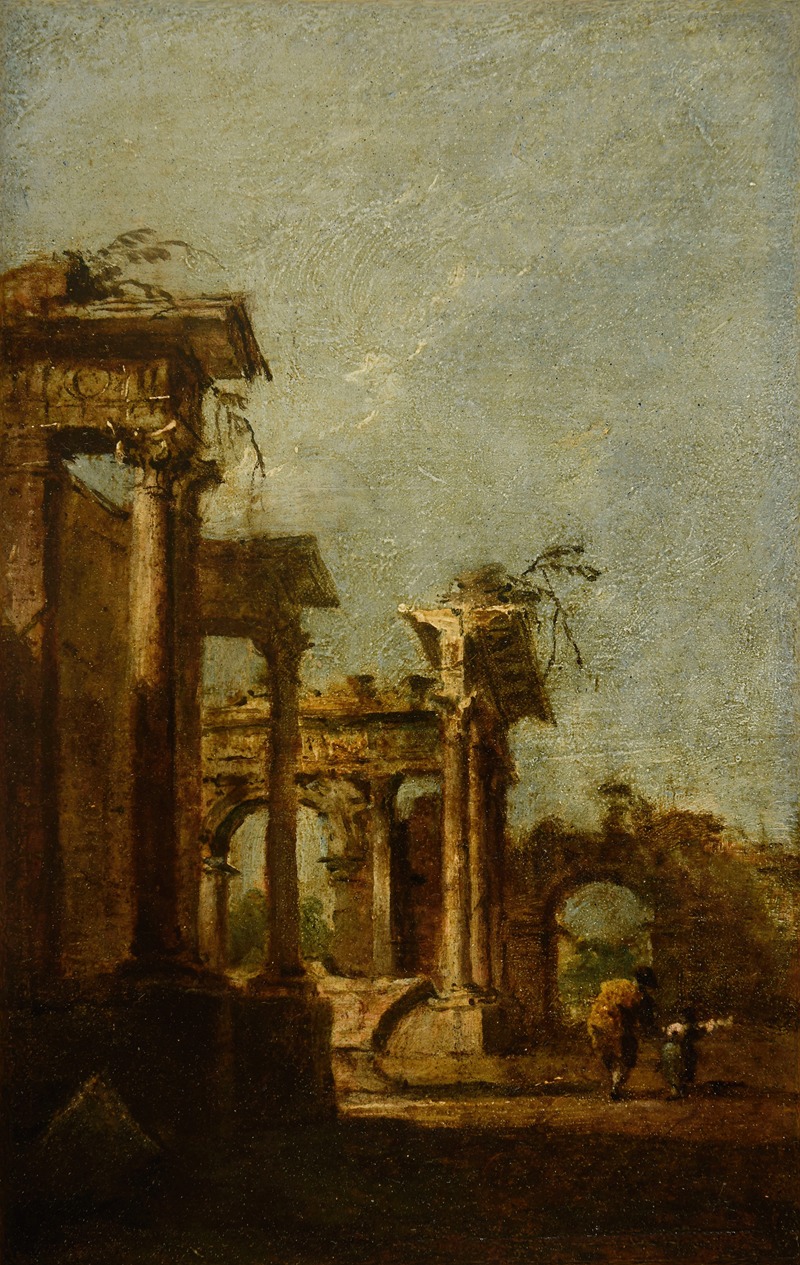
Caprice
A hand-painted replica of Francesco Guardi’s masterpiece Caprice, meticulously crafted by professional artists to capture the true essence of the original. Each piece is created with museum-quality canvas and rare mineral pigments, carefully painted by experienced artists with delicate brushstrokes and rich, layered colors to perfectly recreate the texture of the original artwork. Unlike machine-printed reproductions, this hand-painted version brings the painting to life, infused with the artist’s emotions and skill in every stroke. Whether for personal collection or home decoration, it instantly elevates the artistic atmosphere of any space.
Francesco Guardi, an Italian painter of the 18th century, is renowned for his captivating vedute, or views, of Venice. Among his works, "Caprice" stands out as an exemplary piece that showcases his unique style and artistic vision. Guardi was a prominent figure in the Venetian school of painting, and his works are often associated with the Rococo movement, characterized by its lightness, elegance, and exuberant use of color.
"Caprice" is a term used to describe a type of painting that combines real and imaginary architectural elements, landscapes, and figures to create a fantastical scene. This genre allows the artist to exercise creative freedom, blending reality with imagination. Guardi's "Caprice" paintings are notable for their dreamlike quality and the skillful interplay of light and shadow, which evoke a sense of nostalgia and whimsy.
Francesco Guardi was born in Venice in 1712 and spent most of his life in the city, which served as a constant source of inspiration for his art. He was part of a family of painters, and his early work was influenced by his brother, Gian Antonio Guardi, and the renowned Venetian painter Canaletto. While Canaletto's works are known for their precise and detailed representation of Venice, Guardi's style evolved to become more atmospheric and expressive.
In "Caprice," Guardi employs a loose, fluid brushwork that captures the essence of Venice's architectural beauty while infusing it with a sense of fantasy. The painting typically features a combination of recognizable Venetian landmarks and imaginary structures, set against a backdrop of serene skies and shimmering waters. This blend of reality and imagination invites viewers to explore a world that is both familiar and fantastical.
Guardi's use of color in "Caprice" is particularly striking. He often employed a palette of soft, muted tones, which lend the painting a dreamlike quality. The delicate interplay of light and shadow creates a sense of depth and movement, drawing the viewer into the scene. This technique, combined with Guardi's skillful composition, results in a work that is both visually captivating and emotionally evocative.
The "Caprice" paintings by Guardi are significant not only for their artistic merit but also for their historical context. They reflect the cultural and social milieu of 18th-century Venice, a time when the city was a hub of artistic and intellectual activity. Guardi's work captures the spirit of Venice during this period, offering a glimpse into the city's vibrant atmosphere and its enduring allure.
Francesco Guardi's "Caprice" remains an important part of his artistic legacy, showcasing his ability to blend reality with imagination in a way that is both innovative and timeless. His work continues to be celebrated for its unique style and its contribution to the Venetian school of painting. Today, Guardi's paintings can be found in major art collections and museums around the world, where they continue to captivate audiences with their enchanting depiction of Venice and its imagined landscapes.





